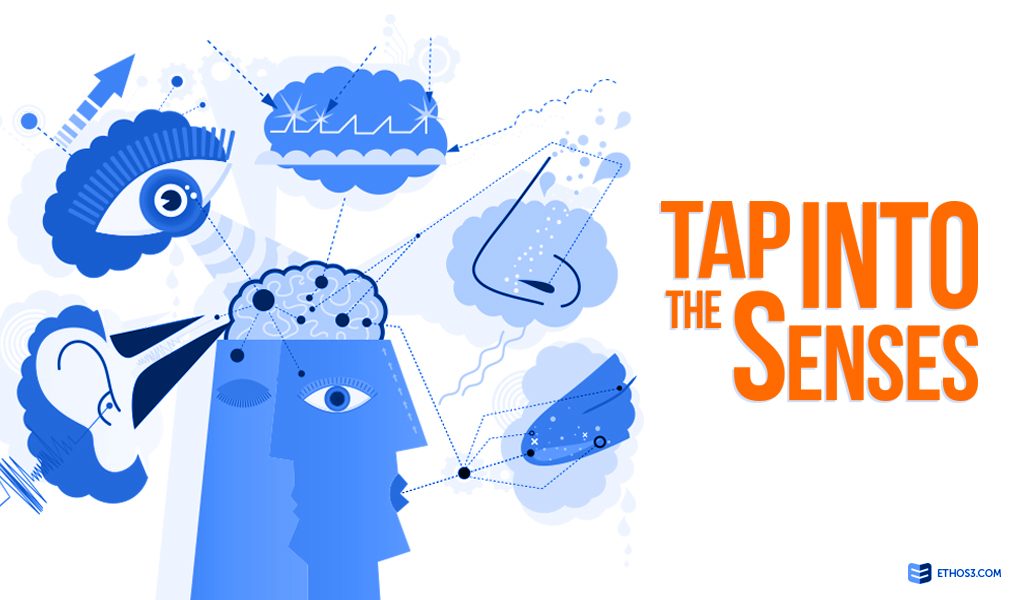Simply put, if your presentation doesn’t tell a story, it won’t be as effective as it can be. Research suggests that storytelling elevates presentations in a few important ways.
For one, narratives make it easier for your audience to pay attention and retain information than if you presented facts and figures along. Moreover, a good story elicits an emotional response from the audience that studies suggest makes them more motivated to act. Finally, presenting a good story simply makes your presentation more entertaining and fun to be a part of, which will, in turn, make your audience more inclined to like you and your ideas.
Of course, knowing that you need to tell a story doesn’t mean you know how to tell a story. If you don’t have much storytelling experience, don’t sweat it. The following hacks will make you look like a storytelling pro, even if you don’t feel like one.
Start With the Problem
Conflict is one thing that every good story has in common. It’s nearly universally true that without a problem that needs to be solved, there is no story. Therefore, if you’re at a loss for where to begin, start with the problem you’re illustrating or trying to solve, then build your story out from there. Look for the obstacles that people face around this problem and hone in on what they likely experience and feel when they confront it. Tapping into these potential experiences and emotions around conflict will not only help you find your story, but it’ll also elicit an emotional connection from the audience.

Tap Into the Senses
Rather than tell your audience about the importance of your topic, make them feel it. “Show don’t tell” is a technique employed by writers designed to make a story more compelling. For instance, let’s say you’re presenting about back pain and trying to convey the negative impact it has on people’s lives. Rather than tell your audience about how horrible it is, show them with examples. Describe the important activities back pain limits someone from doing, like picking up their child or carrying groceries, as this will bring out a lot more feeling and empathy from your audience than if you simply told them it back pain is detrimental.
Don’t Look for a Solution; Look for a Hero
More often than not, a presentation, like a good story, involves presenting a problem and some type of solution. That said, a great way to find the story in your topic is to look at the solution as though it’s the hero in your story. Target and discuss the ways this solution kicks ass, asking yourself questions like: what was this hero able to overcome that others weren’t?; what makes this hero particularly effective where others have failed?; how is this hero going to improve lives or the world? Looking at your solution through this lens helps to find the feeling and real-world meaning that make a story compelling and exciting.
Want additional help designing your next presentation? Then check out Ethos3’s presentation design services.